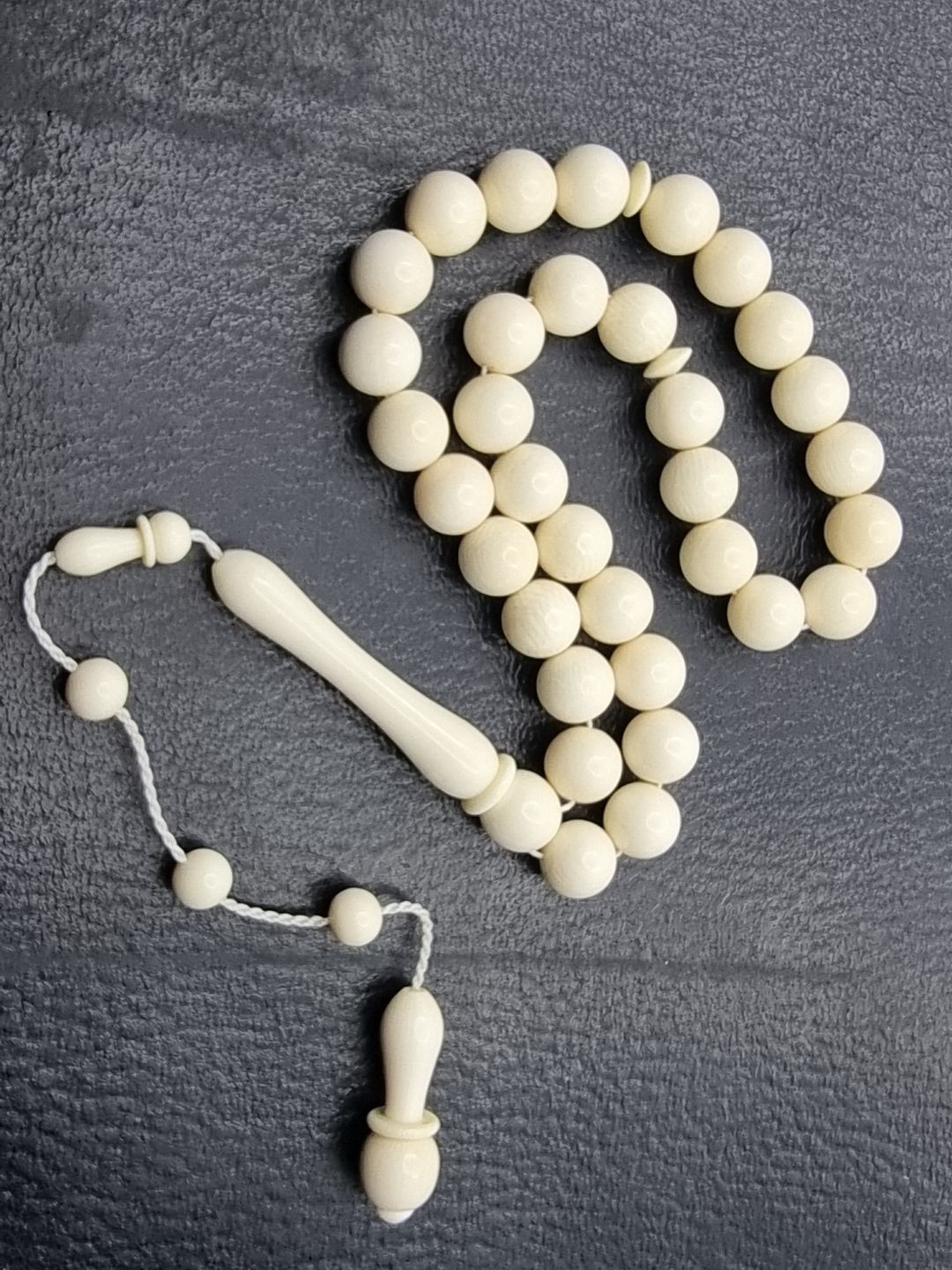Kghedive Abbas Helmy II granted the concession of establishing a National Bank to Monsieur Raphael Suares in 1898 .
Since Monsieur Suares need more funds to take profit of the concession he seeked and got the assistance of Mr. Ernest Cassel and Mr. Constantin M . Salvago .
The draft of the incorporation contract thus included thw following names and shares :
1/ Mr . E Cassel from London 50000 shares of 10 stg pounds each ( 500000 stg. Pounds)
2/ Messrs . Suares and Co. 25000 shares of 10 stg pounds each ( 250000 stg pounds )
3/ Messrs. Suares and and Co. 25000 sharesof 10 stg. Pounds each ( 250000 stg. Pounds )
The total is 100000 shares of 10 pound each i.e 1000000 sterling pounds .
That way the National Bank became the official government's bank and issuing institution with a capital of one million sterling pounds .
According to the system of the bank a stock in gold has to be kept in the headquarters of the bank in cairo and it must not be less than 50% than the issue nominal value and the rest in its branch in London . The National Bank of Egypt is the only one granted the concession of issuing bank notes to be paid to their bearers upon demand . the bank is granted that concession for the period of 50 years .
The bank than sent a letter to the ministry of finance on the 20 of March 1899 asking it to send an official letter to the capitals of governorates allowing the brokers of the government to :
1/ Accept the papers of the National Bank of Egypt as an official ( miry ) payment way .
2/ pay the nominal value of these papers in gold upon demand .
3/ use these papers for payments as long as the recipient accepts it .
Following the Subleme Decree on the establishment of the bank Sir E. Palmer resigned from his post as a financial counselor of the Egyptian government . He was much appreciated for his efforts concerning the debts of the government and the foundation of Aswan Dam so he was appointed the first governor of the National Bank of Egypt in 1898 .
The paper moey had a formula stating the responsibility of the governor of the bank for paying the bearer of the note the amount in Egyptian currency ( the golden pound ) upon demand . For that reason the bank had to keep a certain amount of golden currency so it can fulfill its dyties .
At the beginning the circulation of paper money was slow for the people weren't used to it . Till May 1899 a value of 60000 pounds was issued only 1500 were in circulation and the rest was kept in the bank . By time people were accustomed to it .
Every banker was rewarded if he succeeds in distributing a higher amount of papery money .
However with the break out of world war 1 people ran to the banks to exchange their papers for the equivalent in gold . facing that situation the cairo headquarters asked for supplies from the London branch . Due to the difficulties facing the exportation of gold as a result of the war a sublime decree stopped the payment of the equivalent of the papers in gold and of the banknotes became a legal currency starting from the 2/8/1914 .
The bank issued paper money in the following order :
Fifty piastres one the 1/1/1899
One pound on the 5/1/1899
Five pounds on the 10/1/1899
Ten pounds on the 13/1/1899
One hundred pounds on the 15/1/1899
Then on the 21 of March 1904 the fifty pounds bill was issued .
At that time the printing was made in Bradbury Wilkinson & Co. press in London .
Egyptian paper money was the currency used in Palestine during the British mandate in Libya after world war II and till the issuing of the Libyan currency in 1952 and in Sudan from the beginning of the 20 century and till 1957 .
The Currency was then Egyptianized in 1951 and the first Egyptian governor of the National bank was Dr. Ahmed Zaki Saad .




